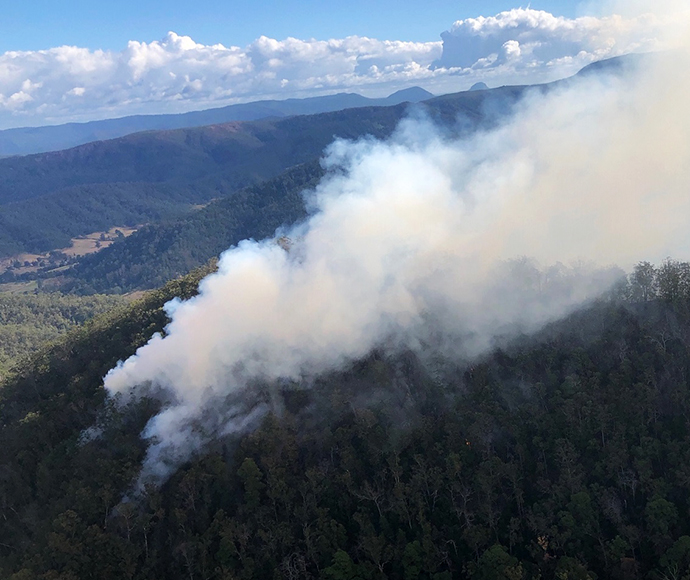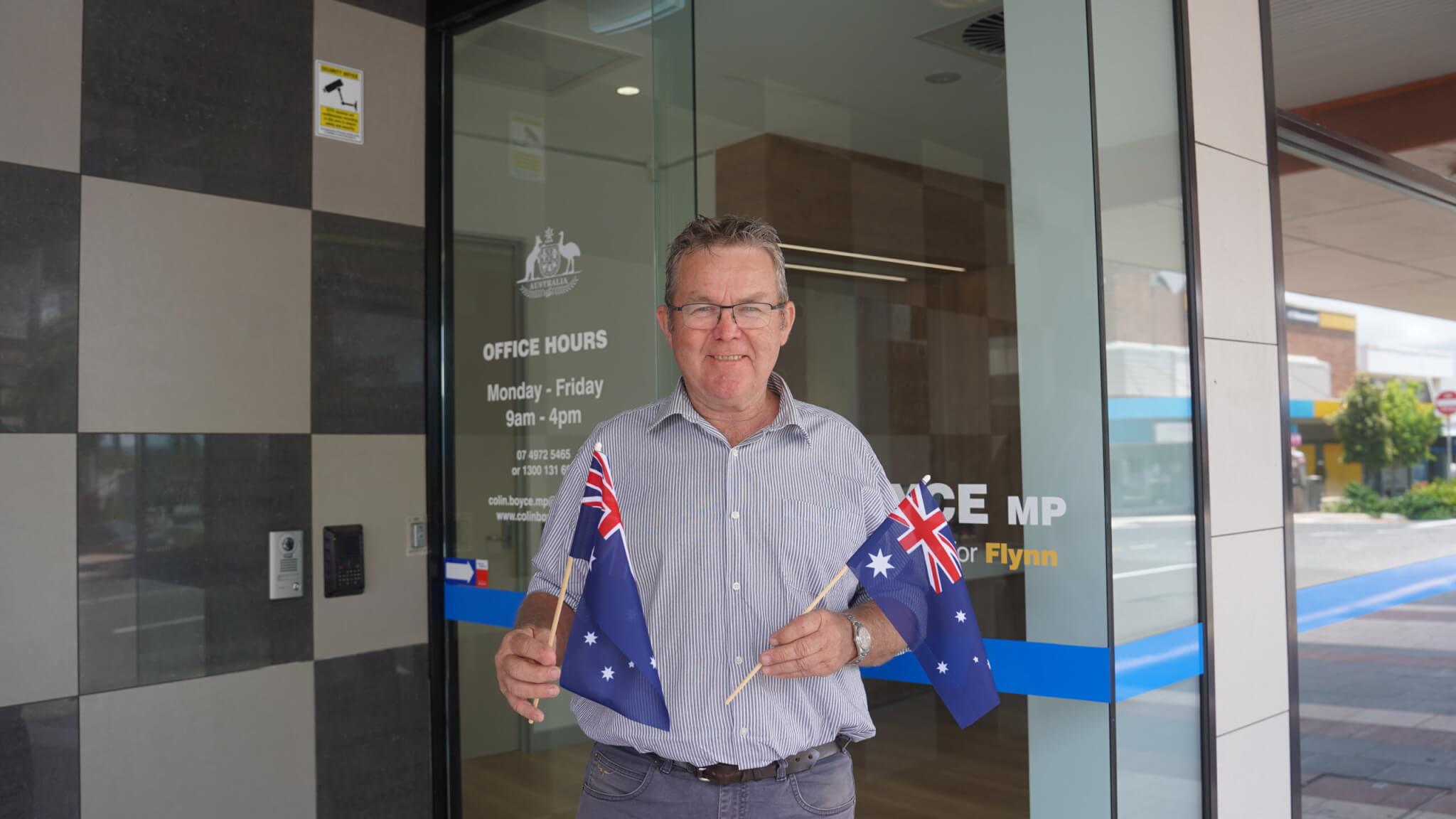NSW National Parks and Wildlife Service (NPWS) successfully undertook two hazard reduction burns in Border Ranges National Park and one in Toonumbar National Park this week.

NPWS’ hazard reduction program for 2020 is focussed on essential burns to protect park neighbours, assets, significant habitat and promote ecological cycles.
The aerial burns reduced fuel loads at:
- Long Creek and Main Creek, Border Ranges National Park – 5, 6 and 7 May
The successful Long Creek and Main Creek hazard reductions reduced fuel loads in around 911 hectares over 3 days. This will help maintain open grassy habitat suitable for the endangered Eastern Bristlebird and threatened macropods.
- Roseberry Plantation, Toonumbar National Park – 4, 5 and 6 May
This 3-day burn reduced fuel in around 530 hectares of bushland in Toonumbar National Park.
The successful burn reduced fuel load and will help protect a telecommunications tower complex and adjoining forestry plantations from potential bushfire. It will also support the growth of endangered native jute, which needs fire or disturbance to encourage germination.
Undertaking burns when conditions are right to ensure they are safe and effective is an important part of managing the potential risk of bushfire to communities and the environment before next summer.
All burns across NSW will continue to be coordinated with the NSW Rural Fire Service (RFS) to ensure the impact on the community, including from smoke, are assessed at a regional level. Details on specific burns will be made available in advance on the Rural Fire Service website, ‘Fires Near Me’ app, and on NPWS Alerts website.
All hazard reduction burns over 50 hectares will be assessed by the NSW RFS in conjunction with NSW Health as required to ensure smoke impacts are minimised.
For health information relating to smoke from bush fires and hazard reduction burning, visit NSW Health or the Asthma Foundation.
For up to date information on these, and other, planned hazard reduction activities, visit the Rural Fire Service.







